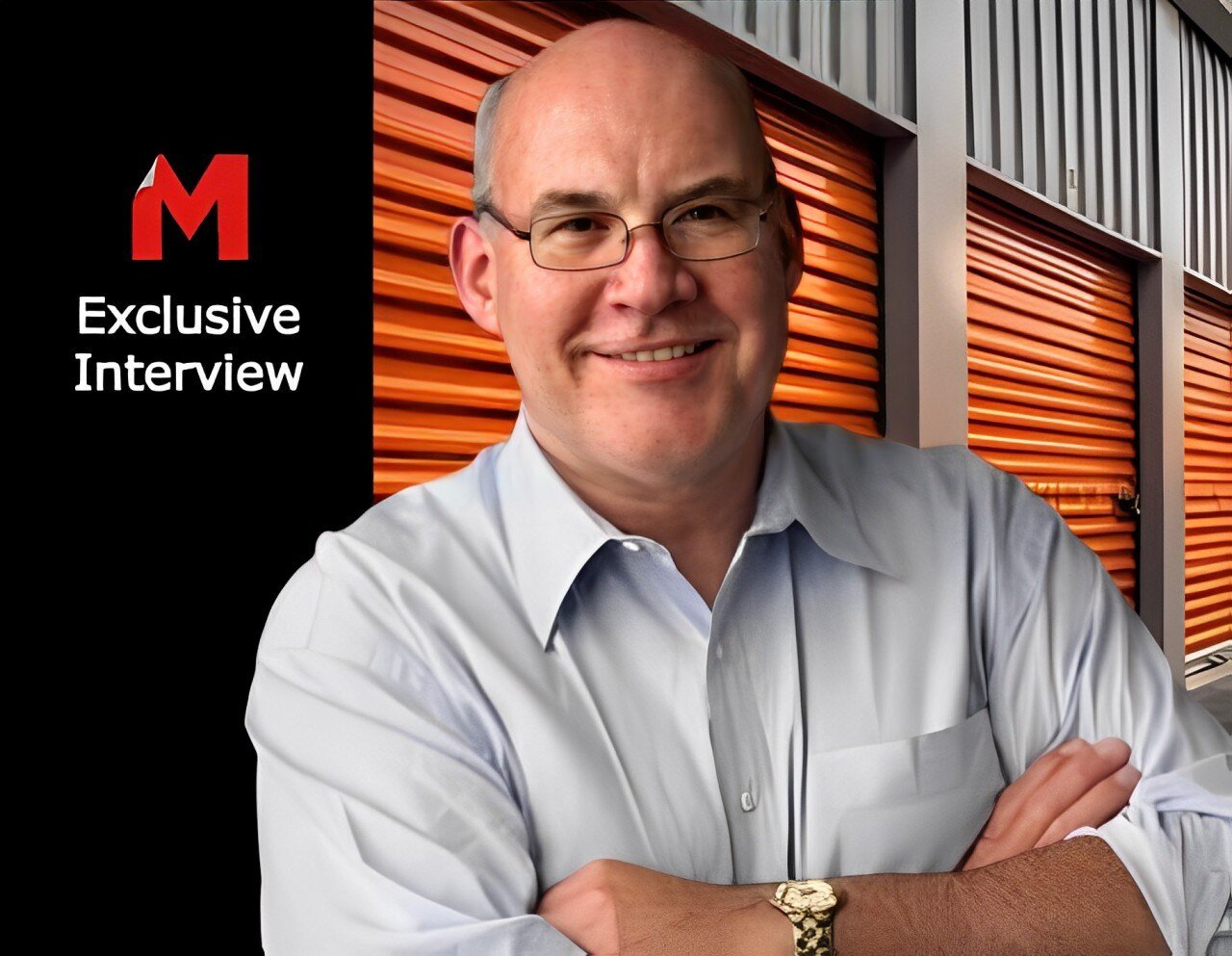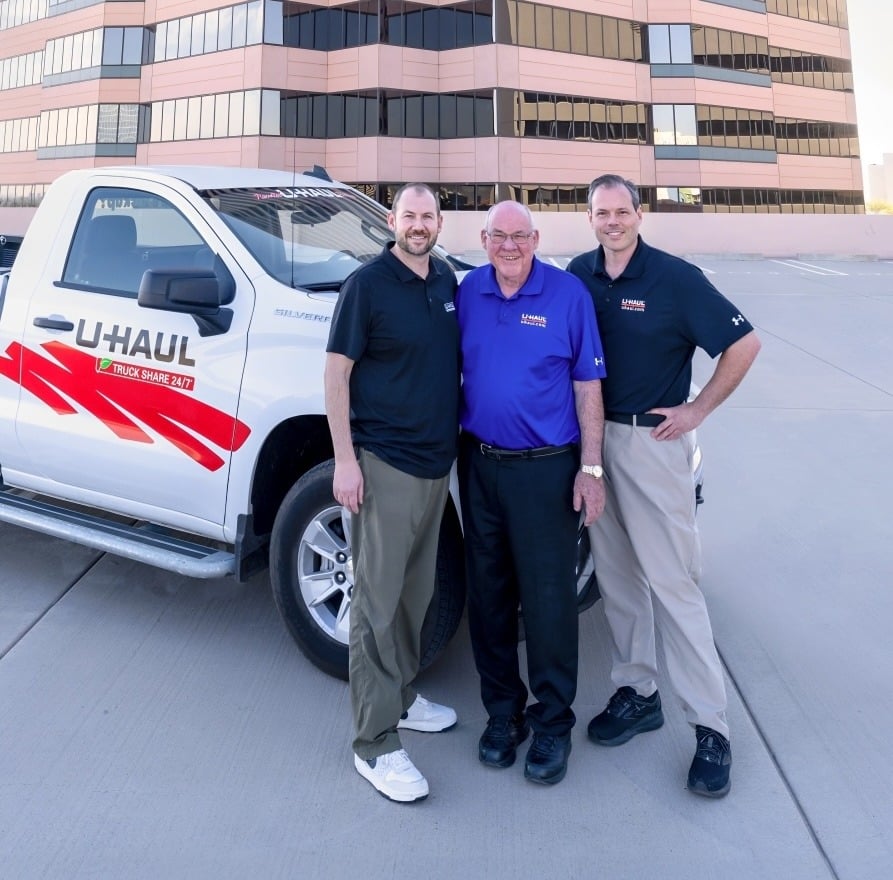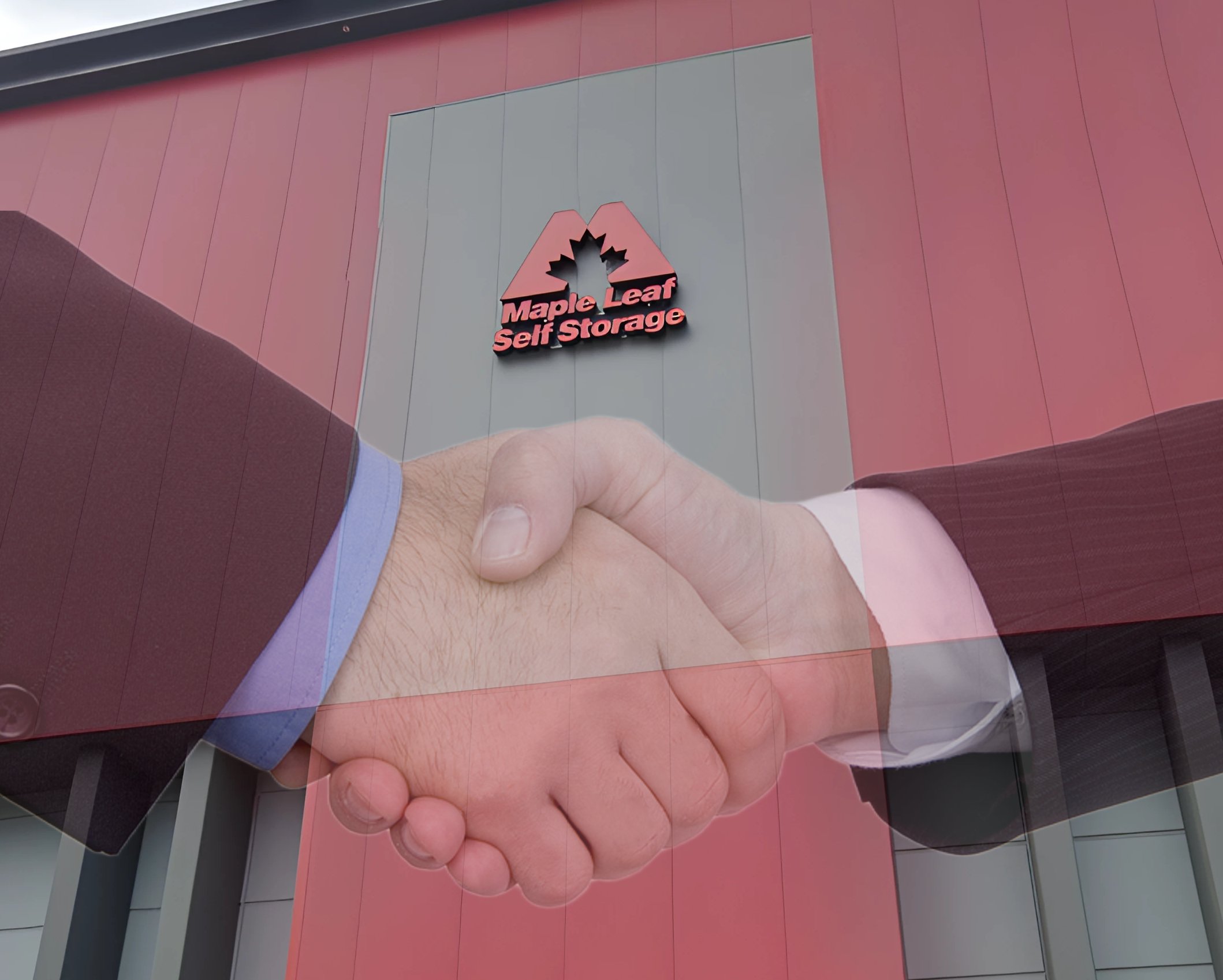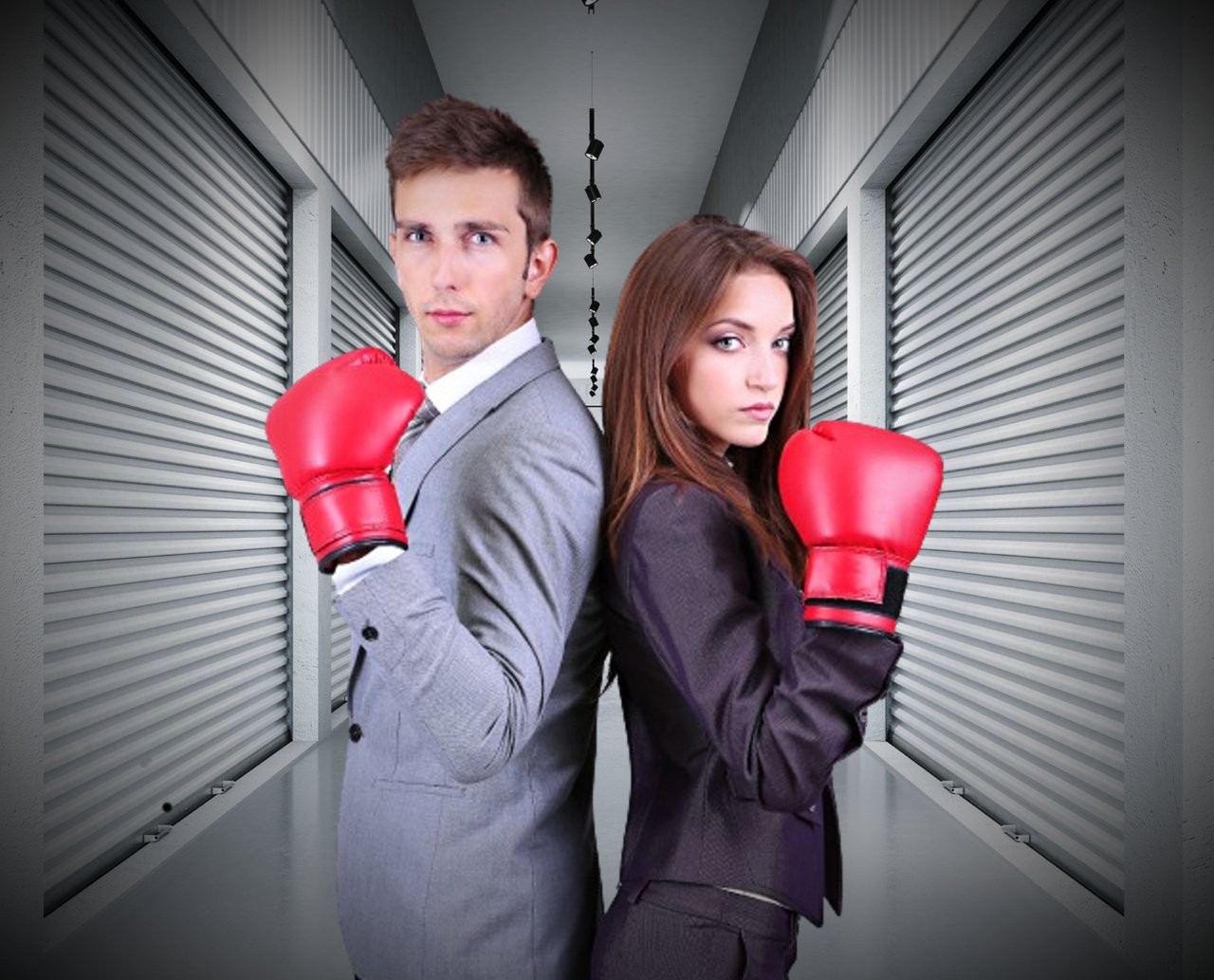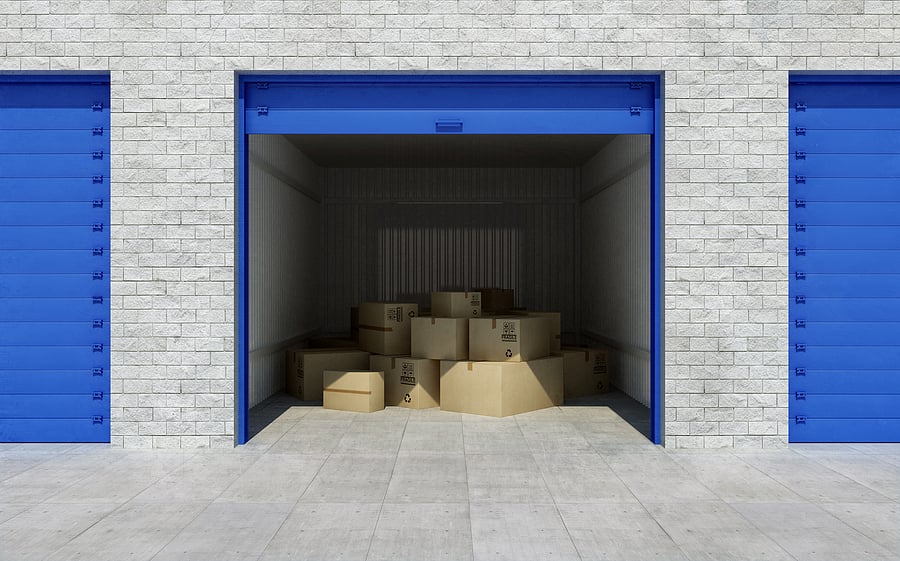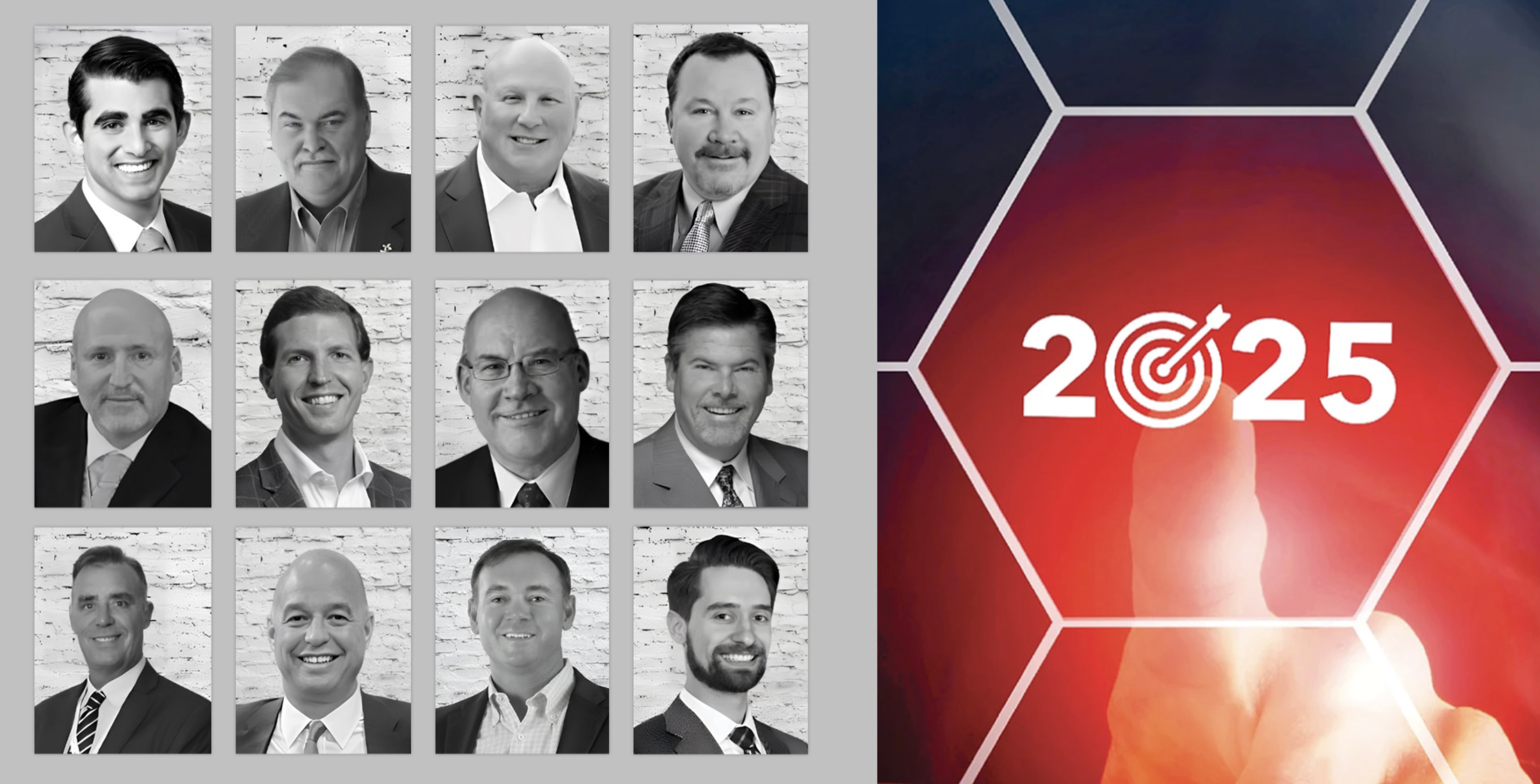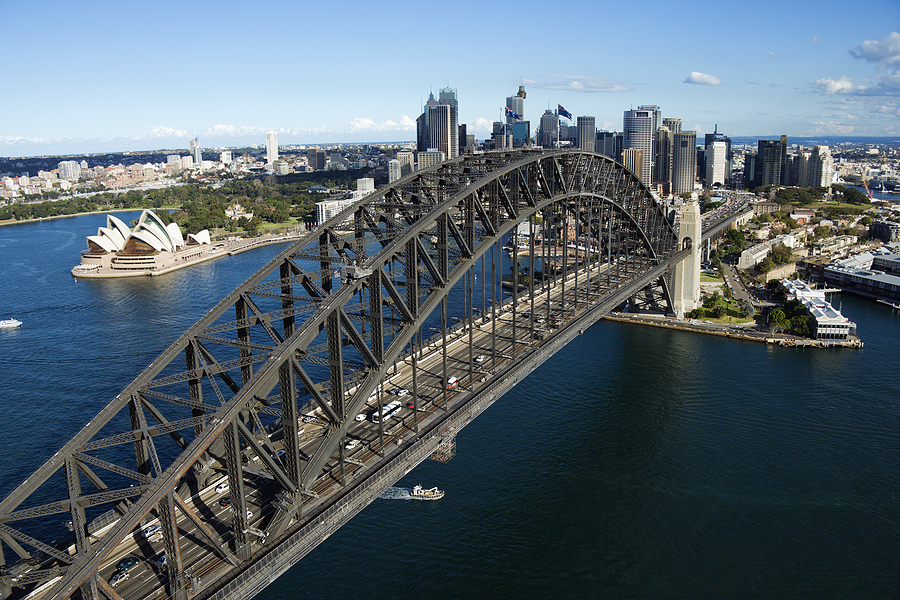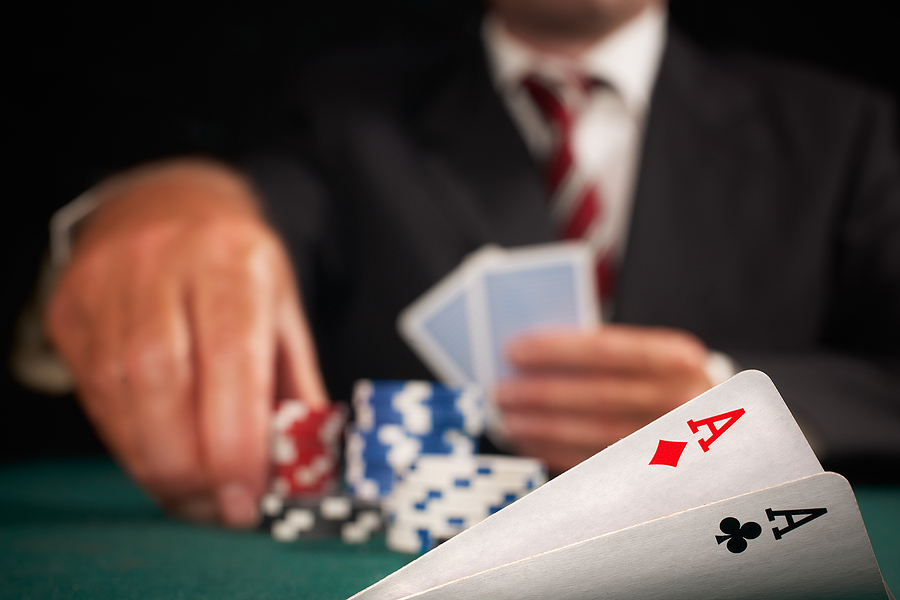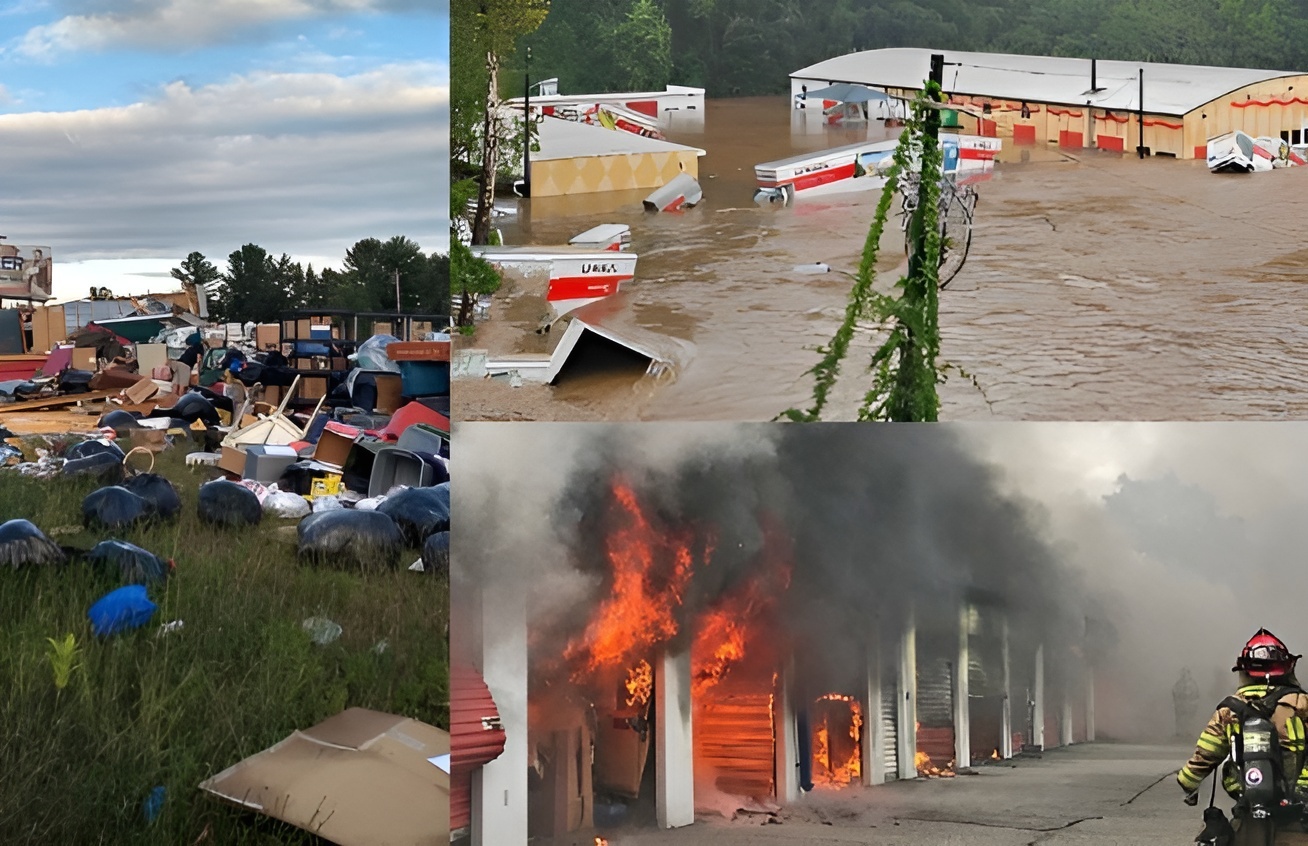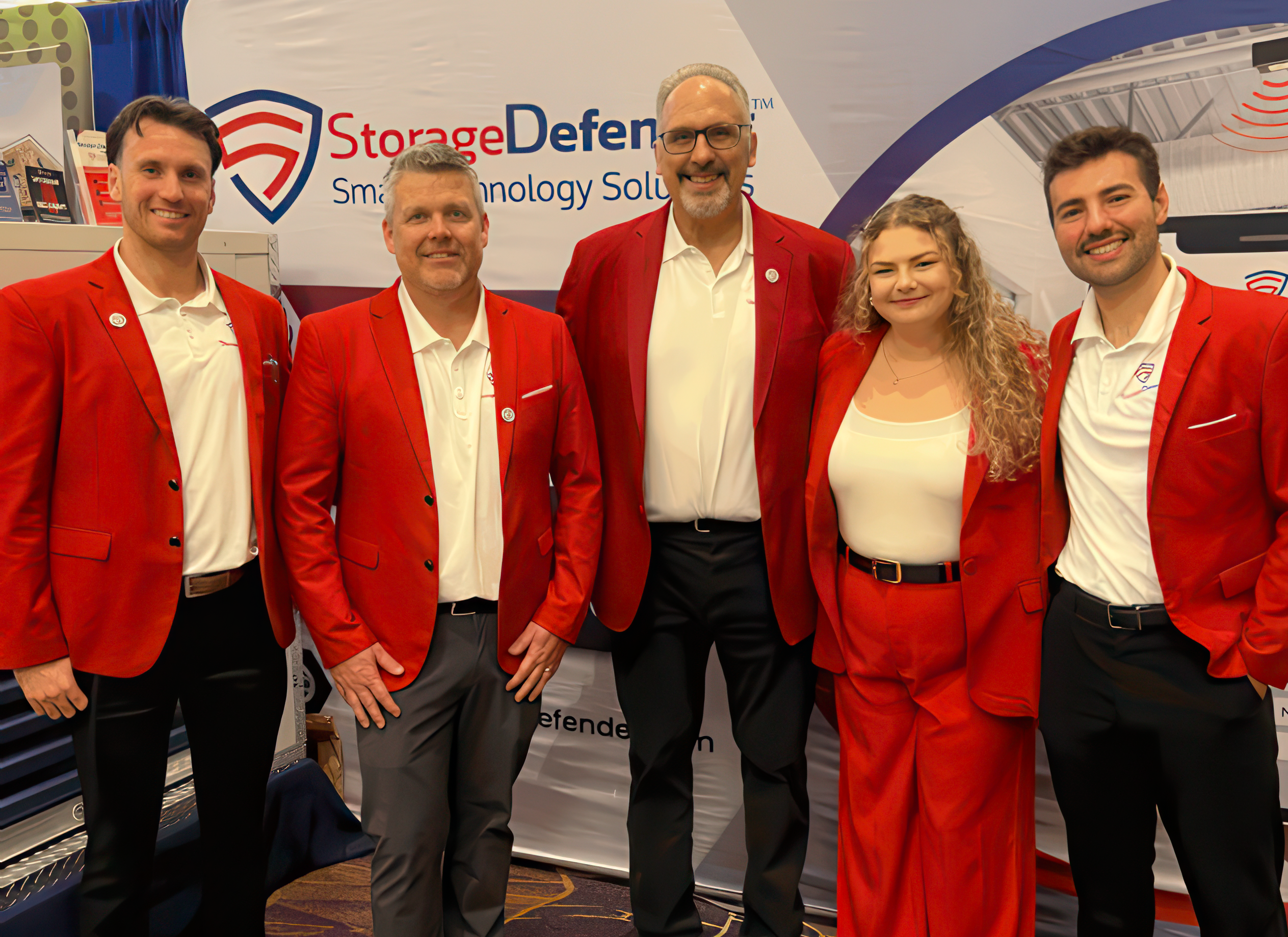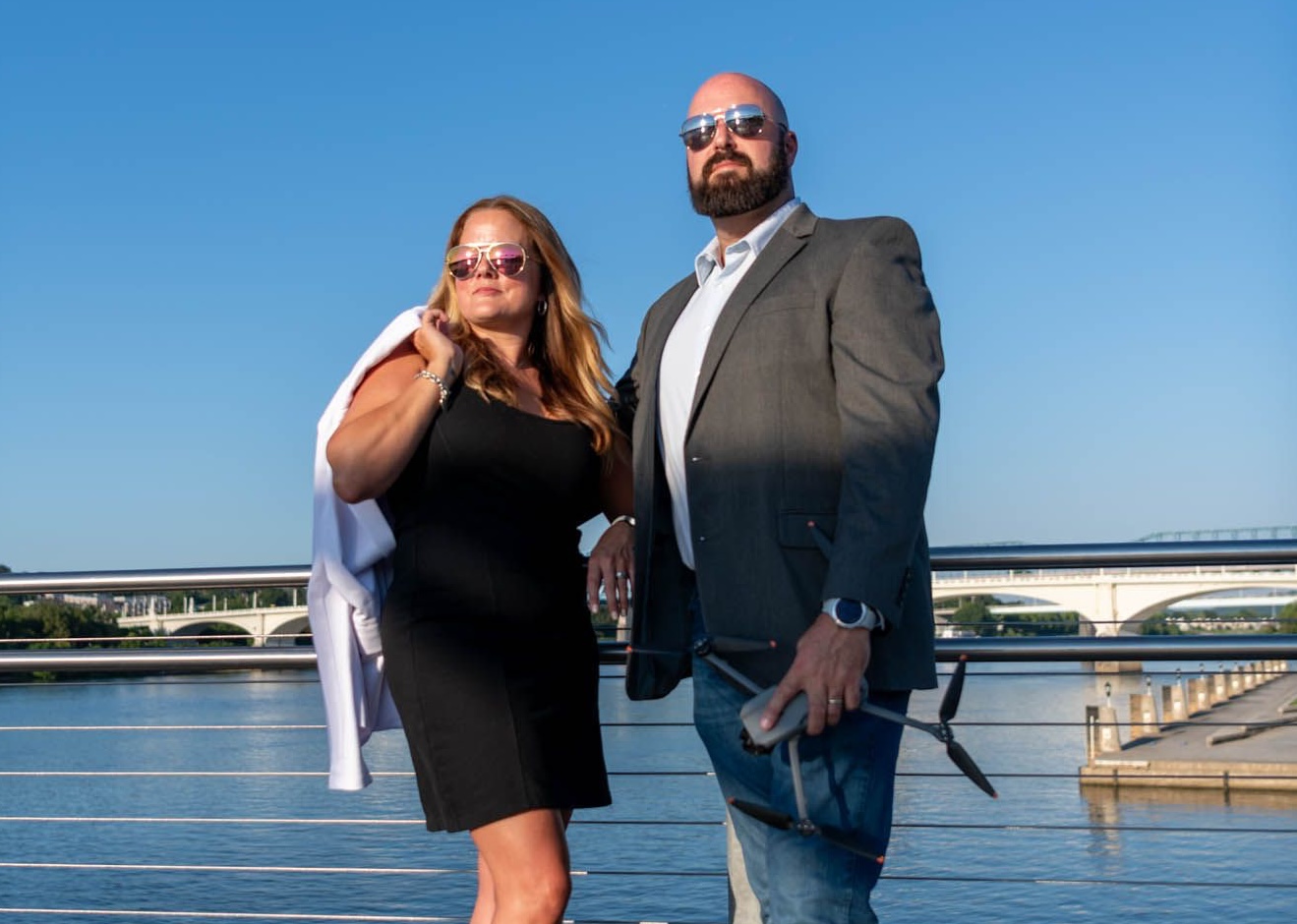
By Randy Ramhoff
If you’ve heard anything about the lighting industry, you know there are some major changes coming down the pike. In 2007, the federal government signed a bill into law that bans 100-watt incandescent light bulbs by 2012 and 40-watt bulbs by 2014. You can read more about this law in the sidebar below.
With the new stimulus bill, there are tax incentives to urge us to switch to something more efficient. The first step that the retailers took was to promote a semi direct replacement in CFLs (Compact Florescent Lights), which are the spiral tube lights. While this may seem like a great idea on the surface, it has several problems that need to be addressed.
First, CFLs are made with small amounts of mercury in them. This is a toxic substance and requires special handling if the bulb breaks or needs to be disposed of. If you accidently break a bulb, refer to the EPA guidelines for proper cleanup procedures, which can be found at www.epa.gov/hg/spills.
Second, all lights fixtures that utilize a bulb configuration have a limited light value lifespan. On average, a High Pressure Sodium (HPS), the type used in many self-storage “wall pack” lighting fixtures, or metal halide light will start to lose their brightness immediately. Metal halide lamps are typically the ones used in outdoor sporting field fixtures, or in a lower watt version inside warehouses. They take awhile to “warm up” or display full brightness. After the first 4,000 hours of life, they have already lost 40 percent of their initial output; a 400-watt HPS bulb still consumes 400 watts, no matter how bright the bulb is. The ballast that is required to run the bulb adds 15 percent to the power consumption, and then you have 460 watts of diminishing light. The same holds true for metal halide bulbs, but they are whiter and start out with more lumens. However, they still get dimmer and dimmer every night they are on.
Bright Solutions
There is a solution to the lighting/bulb problem. Initially, we have to change how we think about lights. First, they need to run cooler. Second, we have to rethink what LED means. LEDs last for 50,000 to 100,000 hours. When was the last time you changed one of those lights? LEDs are small, but they are bright enough to light the outdoors.
The last thing we need to do is think of LED lights as an investment. Although they appear to be expensive, when you do the math they are really cheaper than any other currently available light for the same perceived light. There are plans out there that will lease the lights to you for up to five years and then you can reap the savings immediately. Those savings are then used to make the payment on the lights. The end result is that you are getting the lights for free. You are already spending the money on electricity, so why not get the savings now and let the electric company take the hit for your lights?
Did you know that on average LED lights will consume roughly up to 75 to 90 percent less electricity
than an equivalent incandescent perceived light?
Did you know that the more advanced LEDs are being designed and manufactured in the USA?
Did you know the typical life of a well designed LED diode is over 50,000 hours? This rating means
that the light has only lost 30 percent of the light’s intensity. 50,000 hours equates to about 11.7 years
if the light is on an average of 12 hours a day for 365 days a year. There are some lights with very
efficient designs that are rated for over 100,000 hours—over 22 years at 12 hours a day!
Pros of LED
LED lights do not emit UV light. All other lights emit UV. Bugs are attracted to UV light. Photometers read full spectrum light and therefore show a higher light level because of the extra UV light that the human eye can’t detect. LED lights are directional. Because they are mounted on a circuit board of some kind and they have optics on top of the LED they light shines through the optic. These optics will spread the light in whatever way the designed wants. No light is wasted. All other bulbs need some way (a reflector) to capture the light coming off the back of the light bulb/tube and redirect it back to where they want. These are very inefficient and never get all of the lumens coming off of the bulb that are reported in the specs of the bulb.
 LEDs do not give off as much heat as halogen and metal halide or HPS bulbs. LEDs are very cool in comparison. LEDs do get warm to the touch, but they have heat dissipating heat sinks connected in some way. This keeps the LEDs cool, which, in turn, makes them last even longer.
LEDs do not give off as much heat as halogen and metal halide or HPS bulbs. LEDs are very cool in comparison. LEDs do get warm to the touch, but they have heat dissipating heat sinks connected in some way. This keeps the LEDs cool, which, in turn, makes them last even longer.
LEDs do not explode. There has been a lot of concern recently regarding Hi Intensity Bulbs exploding is use. High Intensity Discharge (HID) lighting has been used for many years internally, in factories and warehouses, and externally, principally in street and security lighting. They are increasingly common as a light source and appear in many specialist industries such as vehicle headlights, medical equipment, projectors, graphic design, reprography, photopolymerisation, as well as commercial and domestic sunlamps. They provide a long life-span, up to 25,000 hours, and give a wide covering of efficient lighting. They use ballasts to produce light when an electric current is passed between two tungsten electrodes inside a gas filled quartz or ceramic arc tube. This flow of current creates an arc that vaporizes the metallic content in the tube. When operated, the temperature (up to1,300 degrees C) and pressure (up to six bar in the case of metal halide lamps and 3.5 bar otherwise) of the lamp rises, with a characteristic delay of several minutes in the visible light coming from the lamp. A hot lamp cannot be re-started until it has cooled down again. Bulb sizes range from 75 watts to 1500 watts.
Whilst these lamps are thus cost effective and efficient, they also have been involved in a number of fires over the years. Furthermore, there are a number of potential health hazards. In the third quarter of 2001, there were two fires in U.K. warehouses, both incidentally associated with plastics goods production, where the lights appeared to be involved in the ignition of packaging material. Between 1990 and 2000 Factory Mutual, in the United States, reported 29 similar fires in a range of industries.
Save Energy!
Are your inside lights on switches or motion sensors? If they aren’t, they should be! This is the best option for LED because LED lights are instant on. Motion sensors are easily incorporated and the off/on cycling does nothing to the LED. The more it’s off, the longer it lasts. For example, I have recessed lights in my kitchen and hallway of my house. I constantly had to replace the 65 to 75-watt bulbs every few months. I used to buy them by the case. The replacement LED bulbs are rated for 50,000 hours. I would say the average time on per day is around three hours. Working the numbers tells me they will last about another 45 years. I have cut my electric bill by hundreds of dollars a year and I will never have to change one of those lights for as long as I live. Now that’s an investment!
Remember to look for the Energy Star and IP79 approvals as they have been tested to meet the minimum 50,000 hour requirements. Look for a company that does their own testing or independent lab testing (ITL). There are only a few out there who represent MADE IN USA lights, so be careful.
As a small business owner, I am determined to help as many small business owners as I can save on their utilities. This is just one of the ways we have cut our utility bills.
Randy Ramhoff is the Owner of Sandusky, Ohio-based R Self Storage and the Regional Representative for the Midwest, Energy Tech Solutions.




